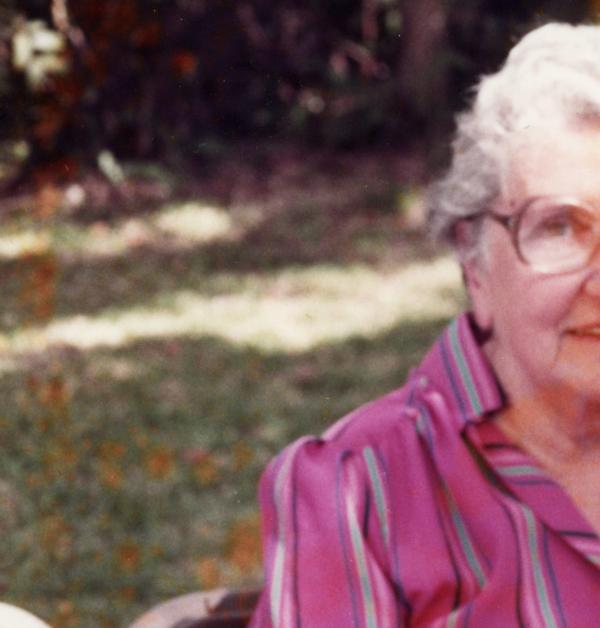Posts: 3
Threads: 1
Joined: Nov 2018
Reputation:
0
Gimp version:
Operating system(s): Linux
Thanks for this method. I'm off to a great start with that!
I'm a bit puzzled about how to get the colors of the dots to match well. For some reason, in the curves tool, when I lower the red, nothing happens. But in the levels tool, changing the red seems to help. I did notice, though, that in the grass, the red areas have RGB values like 38 36 29 and the green areas 44 37 55, making it seem like what I really need to do is raise the blue rather than lowering the red. In the curves tool I can raise the blue and turn the spots blue, but they don't blend, so I'm a bit puzzled. It seems like it would be nice if there was a way to match the average color between the selection and another region rather than having to do trial and error. It also seems like I need to treat the dark background area (along the top of the picture) in a different way than the grass. Those areas do indeed seem to need red reduction rather than an increase in the blue.
I have pretty good success in selecting most of the red splotches, but really not good success at getting the red stripe along the subject's neck. Any ideas on how to capture that one? I could bring it out slightly by using a weighting of 1,0,-2, but the result followed facial features and want great. I found the method of using a layer mask to check how well the splotches were captured by process. Is that the best method? (Is there an easy way to make the layer mask more extreme---I selected to convert grayscale to alpha, but it means only the brightest points in the mask really show up.)





